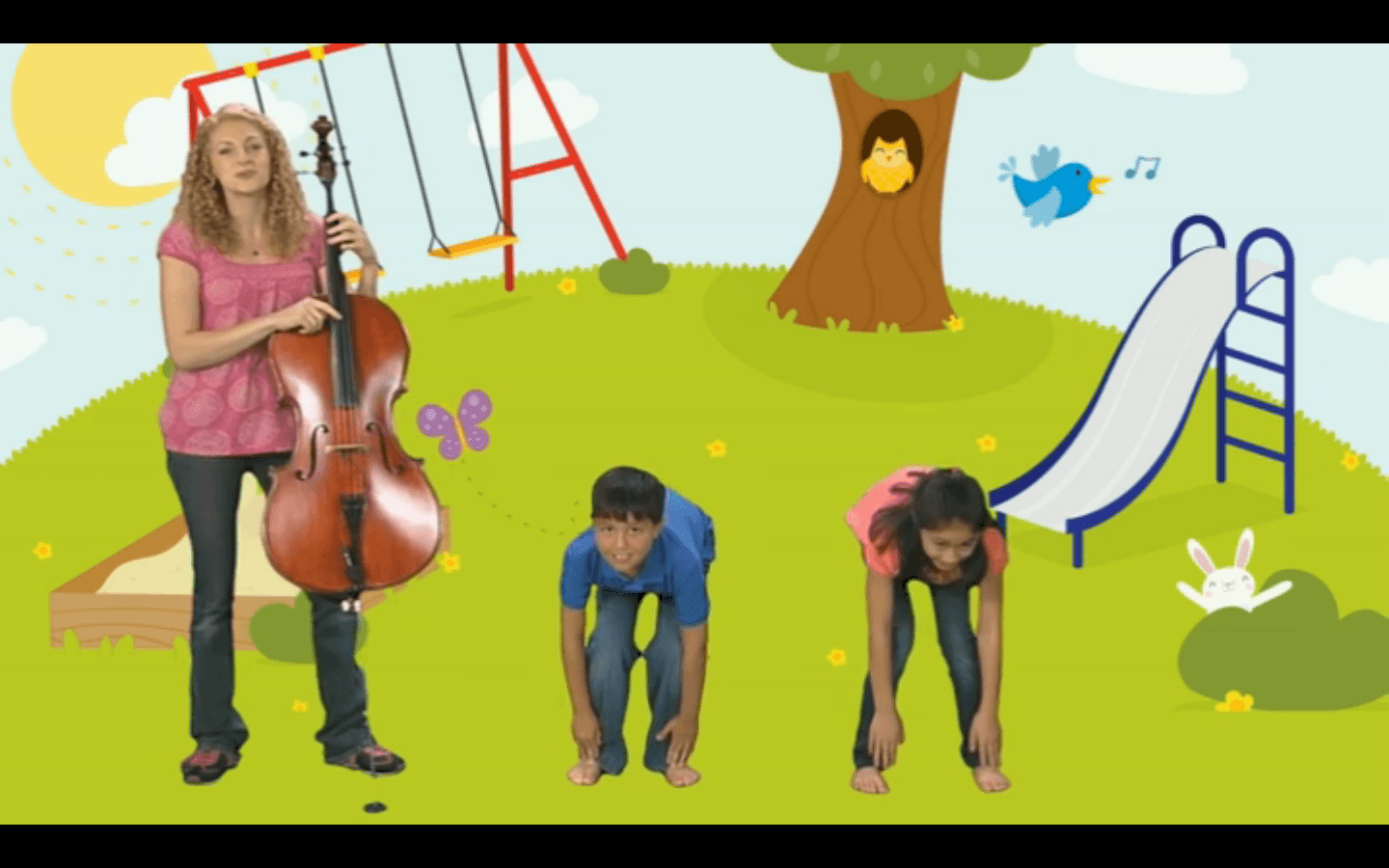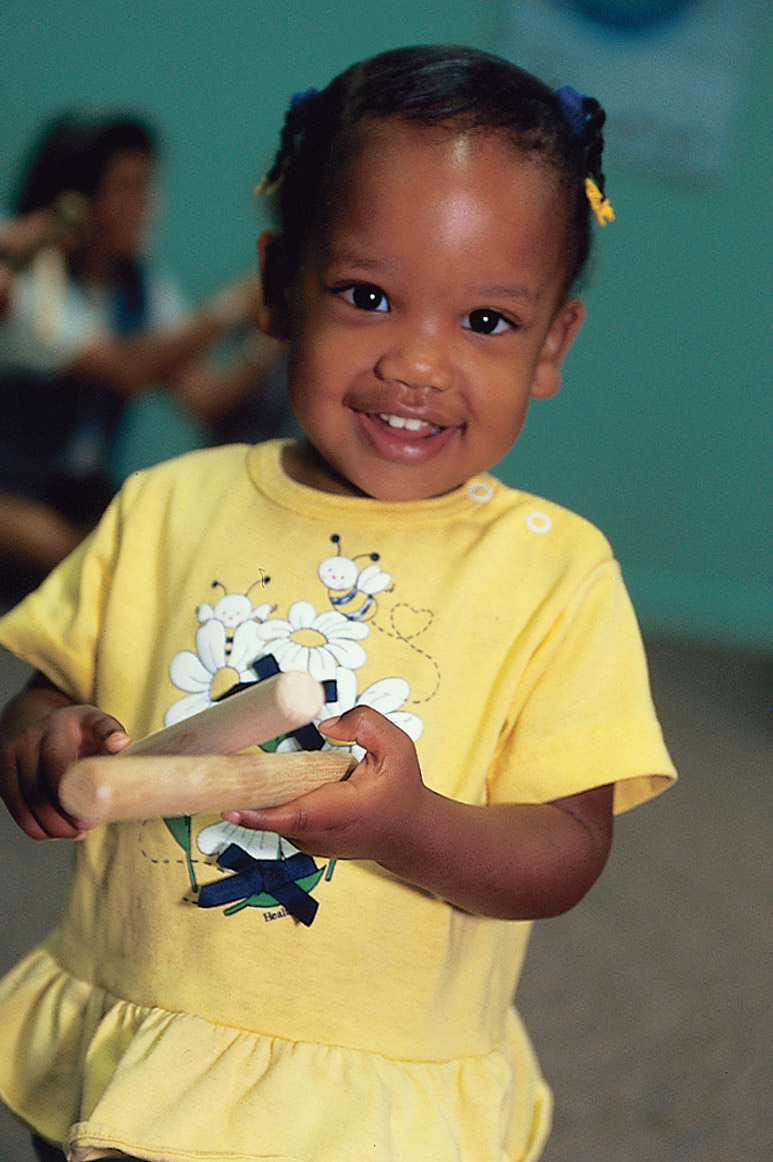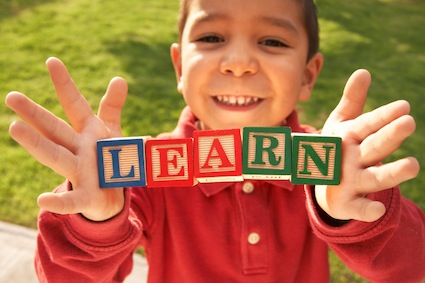Children are the real movers and shakers of this world. Watch a toddler practice walking, supervise group activities for kids, or even catch your young children in your arms as they run to welcome you home, and you will see there is a whole lot of moving happening! From birth, children learn to move and move to learn.
 In the world of ESL curriculum development, we understand that English language learning is best acquired when closely linked to a gross- or fine-motor skill activity. Learning through actions or through Total Physical Response (TPR) reinforces new and old language. Research shows that TPR positively impacts memory and recall in language learning. Plus, physical activities for kids makes the learning all the more fun—whether learning how to roll a ball or how to say “ball” in English while learning how to dribble it!
In the world of ESL curriculum development, we understand that English language learning is best acquired when closely linked to a gross- or fine-motor skill activity. Learning through actions or through Total Physical Response (TPR) reinforces new and old language. Research shows that TPR positively impacts memory and recall in language learning. Plus, physical activities for kids makes the learning all the more fun—whether learning how to roll a ball or how to say “ball” in English while learning how to dribble it!
Music and movement and ELL students
 In our ESL curriculum, ABC English & Me, we use English songs for kids, Total Physical Response, puppets, and story time to teach ELL students. English songs for kids that include miming of the songs provide children with the opportunity to sing and do—or Total Physical Response. For example, moving and hearing the vocabulary in “Head, Shoulders, Knees, and Toes” encourages ELL students to then use the new vocabulary as they move. Familiar English nursery rhymes and finger plays, pair English Language Learning with a fine motor activity.
In our ESL curriculum, ABC English & Me, we use English songs for kids, Total Physical Response, puppets, and story time to teach ELL students. English songs for kids that include miming of the songs provide children with the opportunity to sing and do—or Total Physical Response. For example, moving and hearing the vocabulary in “Head, Shoulders, Knees, and Toes” encourages ELL students to then use the new vocabulary as they move. Familiar English nursery rhymes and finger plays, pair English Language Learning with a fine motor activity.
ABC English & Me, our ELL/ESL curriculum for ages 2 to 6, aligns with international standards, including the Common European Framework of References for Languages (CEFR). Plus, we incorporate the latest research on how music and Total Physical Response boosts language learning and increases phonological awareness.
Learn more about bringing ABC English & Me to your school!







